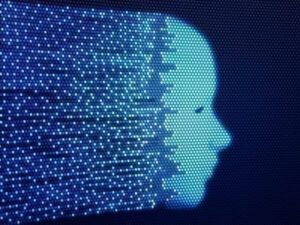ID R&D now has independent test results that attest to the integrity of its liveness detection system. The evaluation looked for possible bias in ID R&D’s IDLive Face solution, which is designed to ensure the presence of a real person during a remote facial recognition scan.

In that regard, ID R&D noted that bias is as much of a concern in liveness detection as it is in facial recognition more generally. Even if the facial recognition algorithm can produce a match, a user could still be rejected if the liveness system cannot verify the presence of people of different demographics. That would make services like online banking more inaccessible to the affected groups, since legitimate customers would be more likely to be turned away.
Thankfully, the actual results show that IDLive Face has virtually no bias, and in fact performs well across all of the demographics that were looked at in the evaluation, including those of gender, race, and age. The test was carried out by the accredited biometrics laboratory Bixelab, and is the first independent test to look specifically at bias in a liveness detection product.
ID R&D believes that liveness systems should be subject to the same scrutiny as facial recognition systems moving forward. Adopting better standards with regards to bias will mitigate the threat of spoofing while removing friction for real customers.
“Spoof detection can introduce bias just as biometric matching algorithms can, but was being neglected as a bias contributor until now,” said ID R&D Co-founder and CEO Alexey Khitrov. “We take biometric bias very seriously and hope this groundbreaking work contributes to efforts by others in our industry to address it.”
According to ID R&D, the methodologies used in Bixelab’s examination should serve as the foundation for future bias testing in the liveness industry. IDLive Face has already cleared both the first and second level of the iBeta Presentation Attack Detection test.
–
June 17, 2022 – by Eric Weiss








Follow Us